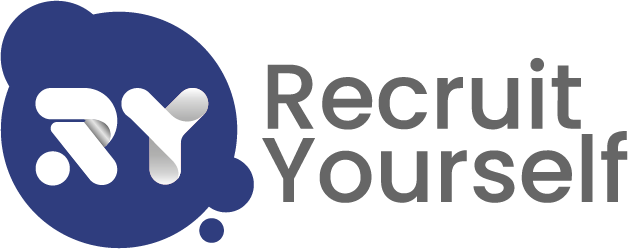Diversity and inclusion (D&I) have become central tenets in modern hiring practices, driven by both moral imperatives and clear business benefits. Diverse teams have been shown to be more innovative, adaptable, and financially successful. Here are some of the latest diversity and inclusion trends in hiring as of my last update in 2021:
- Holistic View of Diversity: Beyond race and gender, companies are increasingly recognising the importance of diversity in areas like age, disability, neurodiversity, socioeconomic background, and more.
- Blind Recruitment: Some companies have started implementing “blind” recruitment processes, where personally identifiable information (like names, age, and gender) is removed from applications to reduce unconscious bias.
- Diverse Interview Panels: To prevent unconscious bias during interviews, companies are ensuring that interview panels consist of members from diverse backgrounds.
- D&I Training: Regular training sessions for hiring managers and recruiters to understand unconscious biases and how to counteract them.
- Inclusive Job Descriptions: Companies are reworking job descriptions and requirements to be more inclusive, ensuring they appeal to a broad range of candidates and don’t unintentionally discourage certain groups.
- Employee Resource Groups (ERGs): Companies are increasingly supporting ERGs – groups formed around common interests, backgrounds, or demographics. They not only provide support for members but also insights for the company on D&I matters.
- Focus on Retention: It’s not just about hiring; it’s about creating an environment where diverse employees want to stay. This includes mentorship programs, clear pathways to advancement, and a supportive company culture.
- Mental Health and Well-being: The conversation around diversity now includes mental health. Companies are providing resources, benefits, and creating an understanding environment for all employees, including those with mental health challenges.
- Remote Work and Global Hiring: The rise of remote work due to the COVID-19 pandemic has led companies to hire from different geographical regions, leading to a naturally diverse workforce.
- Inclusive Benefits: Benefits packages are being redesigned to cater to a diverse workforce, such as offering parental leave that’s inclusive of LGBTQ+ families.
- Diverse Supplier and Vendor Policies: It’s not just about who you hire, but also about who you do business with. Companies are emphasising diversity in their supplier and vendor relationships as well.
- Neurodiversity Initiatives: More companies are recognizing the benefits of hiring neurodiverse individuals, leading to specialized recruitment programs.
- Feedback Mechanisms: Companies are setting up anonymous feedback mechanisms for employees to voice D&I concerns, ensuring that any issues are promptly addressed.
The D&I landscape is ever-evolving, with companies learning and adapting to new best practices. As society becomes more aware of the many dimensions of diversity, it’s crucial for businesses to remain updated and responsive to these trends.










